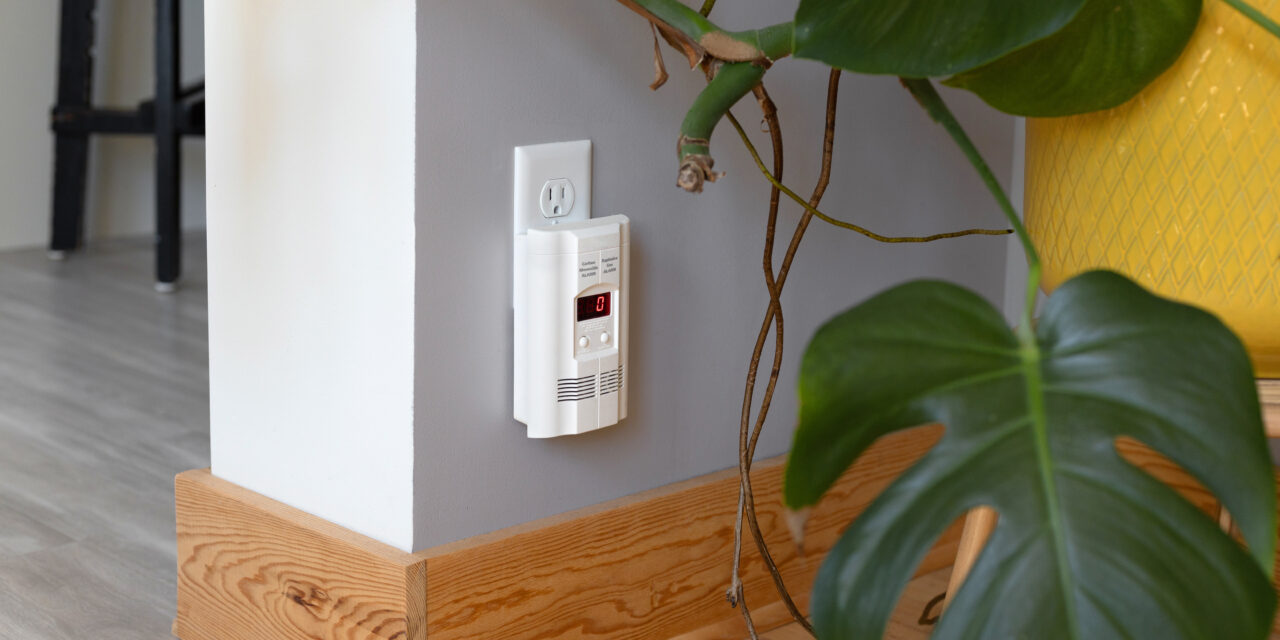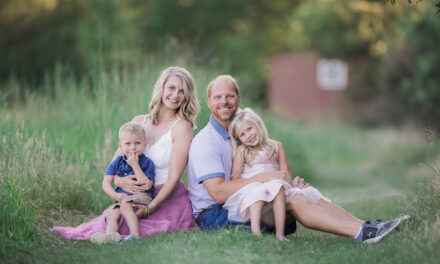Sponsored by Travis Ball of Foley’s Heating & AC Inc
When it comes to keeping your home comfortable year-round, your heating and cooling systems play a vital role. However, maintaining properly operating equipment isn’t just about comfort—it’s also about safety. Faulty or poorly maintained HVAC systems can lead to serious issues, including the potential for dangerous carbon monoxide (CO) leaks. At Foley’s Heating & AC, we believe that understanding how your equipment functions and recognizing the risks of carbon monoxide exposure are essential for protecting your home and family. Learn more about carbon monoxide safety below.
Why Proper HVAC Operation Matters
Your furnace and air conditioning system are designed to regulate your home’s temperature efficiently and safely. However, like any mechanical system, they require regular maintenance and attention to function correctly. When HVAC equipment is not operating properly, you may notice issues such as:
- Uneven heating or cooling – If your system isn’t distributing air evenly, it could be a sign of clogged filters, ductwork issues, or a failing motor.
- Increased energy bills – A struggling system will work harder, consuming more energy and driving up utility costs.
- Strange noises – Banging, rattling, or hissing sounds can indicate loose components, motor problems, or airflow restrictions.
- Short cycling – When a system turns on and off frequently, it may be improperly sized or experiencing a malfunction.
These problems not only affect your comfort but can also lead to more serious safety risks—especially when it comes to furnaces and carbon monoxide exposure.
The Dangers of Carbon Monoxide Leaks
Carbon monoxide is a colorless, odorless gas produced when fuels such as natural gas, propane, oil, and wood are burned. In a properly operating system, carbon monoxide is vented safely outdoors. However, if your furnace or other heating equipment is malfunctioning, carbon monoxide can leak into your home, creating a life-threatening situation.
How Carbon Monoxide Leaks Happen
- Cracked Heat Exchangers – Over time, the metal in your furnace’s heat exchanger can crack due to wear and tear or corrosion. These cracks allow carbon monoxide to escape into the home.
- Blocked or Improper Venting – If your furnace’s vent or chimney is blocked by debris or improperly installed, carbon monoxide can build up inside the home.
- Backdrafting – When exhaust gases are pulled back into the house due to poor ventilation or negative pressure, carbon monoxide can be introduced into the living space.
- Faulty Gas Burners – If burners are dirty or misaligned, they may produce excess carbon monoxide or prevent complete combustion, leading to dangerous emissions.

Symptoms of Carbon Monoxide Poisoning
Because carbon monoxide is odorless and invisible, it’s crucial to recognize the physical symptoms of exposure:
- Headaches
- Dizziness
- Nausea
- Confusion
- Shortness of breath
- Loss of consciousness
Severe exposure can lead to brain damage, heart complications, and even death. If you suspect a carbon monoxide leak, evacuate your home immediately and contact emergency services.
How to Prevent Carbon Monoxide Leaks
1. Schedule Regular HVAC Maintenance
Routine professional maintenance is the best way to prevent carbon monoxide issues. At Foley’s Heating & AC, our technicians thoroughly inspect your system for any signs of wear, damage, or malfunction. We check the heat exchanger, burners, venting, and safety controls to ensure everything is operating correctly.
2. Install Carbon Monoxide Detectors
Every home should have carbon monoxide detectors installed on every floor, especially near sleeping areas. Test them monthly and replace the batteries at least once a year. Detectors should be replaced every 5–7 years, as their sensors degrade over time.
3. Ensure Proper Ventilation
Blocked or poorly installed venting can cause backdrafting and carbon monoxide buildup. Make sure all vents and flues are clear of debris, and have your chimney inspected annually.
4. Replace Old or Failing Equipment
Older furnaces and heating systems are more likely to develop cracks and leaks. If your system is more than 10–15 years old, consider upgrading to a newer, high-efficiency model with enhanced safety features.
5. Use Gas Appliances Safely
Never use a gas oven or stove to heat your home. Avoid running gas-powered generators or grills indoors or in attached garages, even if doors are open.
Why Professional Maintenance Matters
While homeowners can handle basic maintenance like changing air filters and checking thermostat settings, a professional technician can catch problems before they become dangerous. At Foley’s Heating & AC, we use advanced diagnostic tools to test for carbon monoxide levels and inspect the internal components of your furnace and air conditioning system.
During a professional inspection, we:
- Clean and adjust burners for optimal combustion
- Inspect the heat exchanger for cracks or corrosion
- Test for proper venting and airflow
- Ensure safety controls are functioning properly
- Measure carbon monoxide levels in your home
Don’t Take Chances with Your Family’s Carbon Monoxide Safety
A comfortable home is important, but a safe home is essential. Properly operating HVAC equipment not only ensures consistent temperatures and energy efficiency—it also protects you from the silent threat of carbon monoxide. At Foley’s Heating & AC, we’re committed to helping you maintain a safe and comfortable home.

If it’s been more than a year since your last furnace inspection, or if you’ve noticed signs of HVAC trouble, don’t wait. Call or visit Foley’s Heating & AC today to schedule a maintenance appointment. Your safety and comfort are our top priorities.
Check out all of Foley’s Heating & AC’s content on the ‘hood website.










